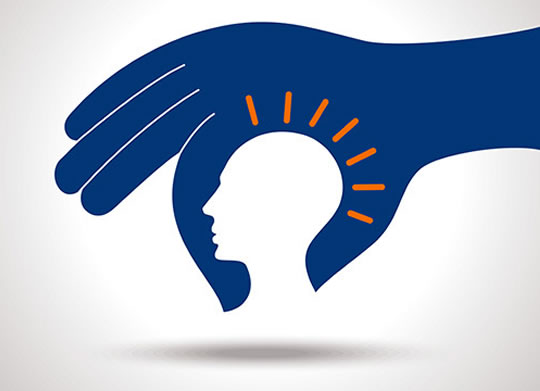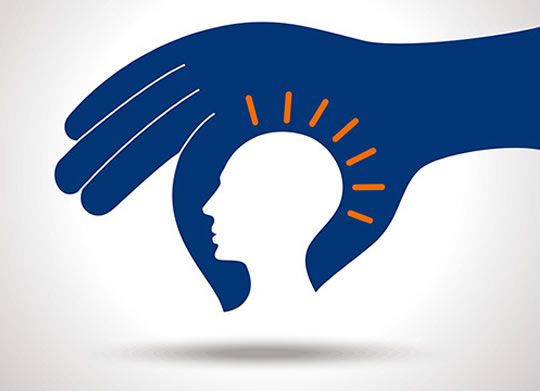

Plus: four ways the effect of this emotion on behaviour change can be increased.
Fear really can change people’s behaviour, a new review of the research finds.
It was thought that using fear might produce a backlash effect — but this is not the case.
Women are particularly susceptible to behaviour change by fear.
Appeals which evoke fear are frequently used in all sorts of messages aimed at the public.
For example, fear is used to try and stop people smoking or to support certain political policies.
It is perhaps most often used, though, by advertisers to sell products.
A fear is created in the mind, which — it just so happens — can be alleviated by the product being sold.
For example, fear of injury and death is frequently used to sell insurance.
Professor Dolores Albarracin, who led the study, said:
“These appeals are effective at changing attitudes, intentions and behaviors.
There are very few circumstances under which they are not effective and there are no identifiable circumstances under which they backfire and lead to undesirable outcomes.”
It was thought that fear might produce a kind of backlash effect, thereby nullifying the influence.
But this wasn’t the case, Professor Albarracin explained:
“Fear produces a significant though small amount of change across the board.
Presenting a fear appeal more than doubles the probability of change relative to not presenting anything or presenting a low-fear appeal.
However, fear appeals should not be seen as a panacea because the effect is still small.
Still, there is no data indicating that audiences will be worse off from receiving fear appeals in any condition.”
The researchers reached their conclusions by analysing 127 different studies which included over 27,000 people.
The studies have been carried out over the last 50 years.
The authors explained four ways that fear appeals can be made even more effective:
“…fear appeals were more effective when the message depicted relatively high amounts of fear, included an efficacy message, and stressed susceptibility and severity related to the concerns being addressed (i.e., factors concerning the message).
We also found that fear appeals were more effective when they recommended one-time only behaviors (i.e., a factor concerning the recommended behavior) and when audiences included a higher percentage of women (i.e., a factor concerning the audience).”
The study was published in the journal Psychological Bulletin (Tannenbaum et al., 2015).
Heal mind image from Shutterstock
Source: PsyBlog










